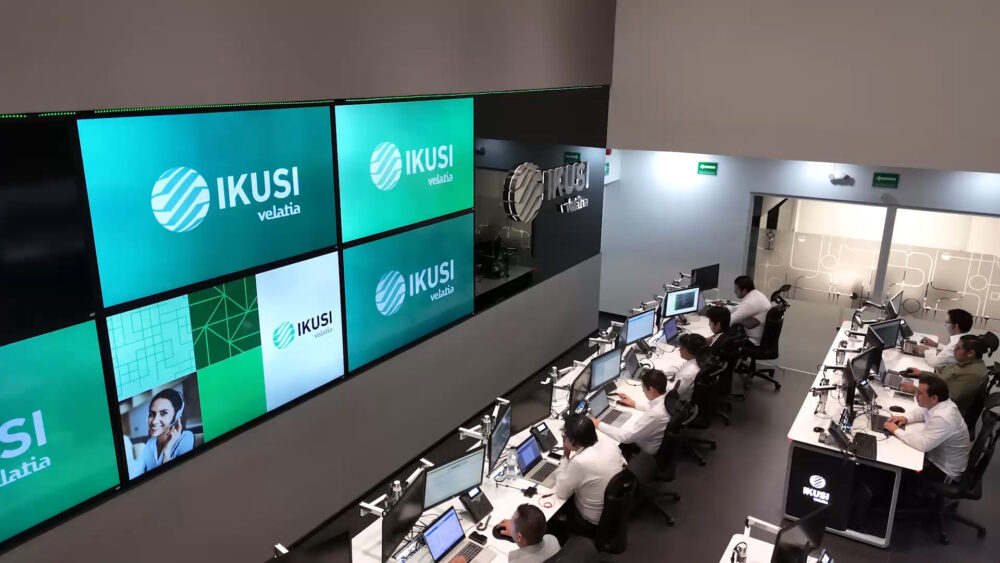Our service includes constant monitoring and real-time analysis of all infrastructure stages—from network connectivity to end-user experience. This includes network performance monitoring, application and service availability checks, proactive incident management, user experience analysis, and continuous infrastructure optimization to meet SLAs.
IKUSI OBSERVABILITY
End-to-End Service Level Assurance
Network Monitoring Software
The lack of direct control over infrastructure, combined with the reliance on multiple service providers, presents significant challenges for IT teams in maintaining SLAs (Service Level Agreements) while dealing with limited end-to-end visibility.
Network monitoring software provides a correlated view across network layers, applications, routing, and devices.
Unified interactive visualizations
The platform automatically generates unified, interactive visualizations of all network paths, including 16 different categories of data and metrics, ranging from reverse DNS resolution to geolocation.


Looking for a specialist in
End-to-End Service Level Assurance?
Send us your information and we will contact you.
Benefits of network monitoring software
- Improved operational efficiency: Offers a complete view of all service components, making it easier to identify and resolve problems before they affect the end user. This reduces downtime and improves service continuity.
- Enhanced resource management: Optimizes resource use and reduces operational costs. Full visibility allows for informed and strategic decisions, leading to greater productivity and efficiency.
- Better user experience: Ensures smooth and coordinated operation of all service components, enhancing the user’s experience.
- Strengthened security: Facilitates effective threat detection and mitigation.
Why Ikusi?
Our products and services involve personalized attention through our unified operations center, which provides proactive monitoring, support and management of network, cybersecurity and IT infrastructures.

Specialized Projects
At Ikusi, we deploy services and solutions to streamline operations, boost profitability, and enhance sustainability across multiple strategic sectors
The latest from our blog
Frequently Asked Questions
Our service is fully compatible with other IT and monitoring platforms, using open standards and APIs to integrate with incident management systems (like ITSM), network monitoring tools, and performance analytics platforms. This ensures centralized data collection and efficient management.
Yes. User experience management is a core part of the service level assurance. We track key metrics reflecting how users interact with applications and services, such as response times, satisfaction rates, and issues affecting user experience.
Yes, our service includes 24/7 support. Our team of experts is always available to manage and resolve incidents affecting service levels, ensuring your infrastructure is constantly monitored and protected.



